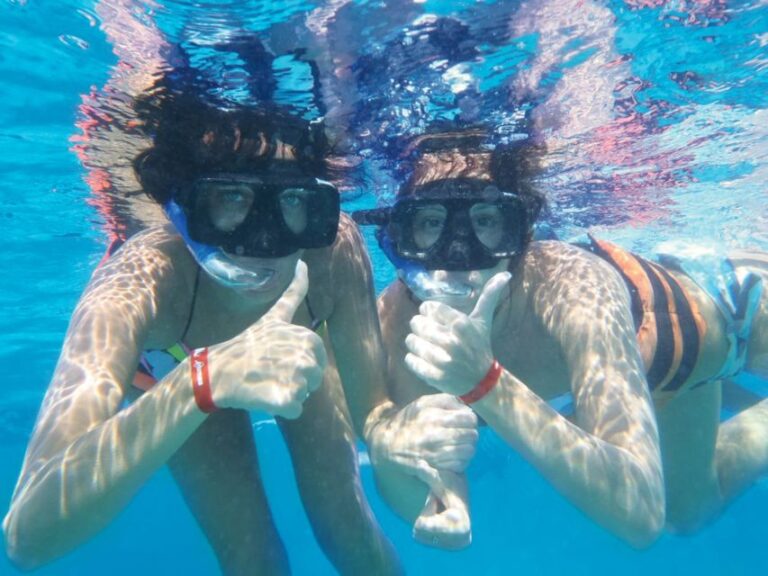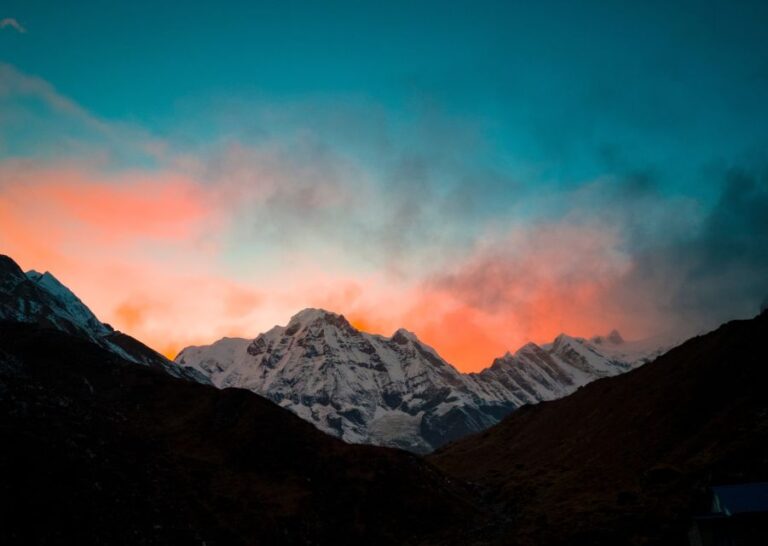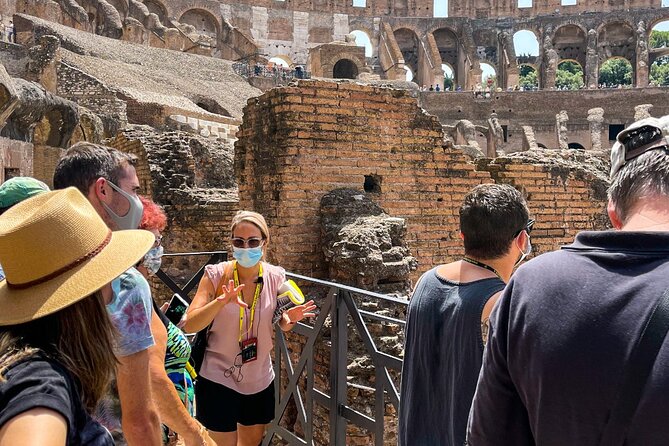Mera Peak Climbing
Nestled like a silent behemoth in the heart of the Himalayas, Mera Peak beckons adventurers with its siren call of challenge and conquest. As climbers set foot on this formidable peak, they embark on a journey that tests both body and mind amidst awe-inspiring natural beauty.
But what lies beyond the towering summit, where every step is a victory in the face of adversity, is a tale waiting to unfold—a tale of resilience, camaraderie, and the indomitable spirit of human exploration.
Key Points
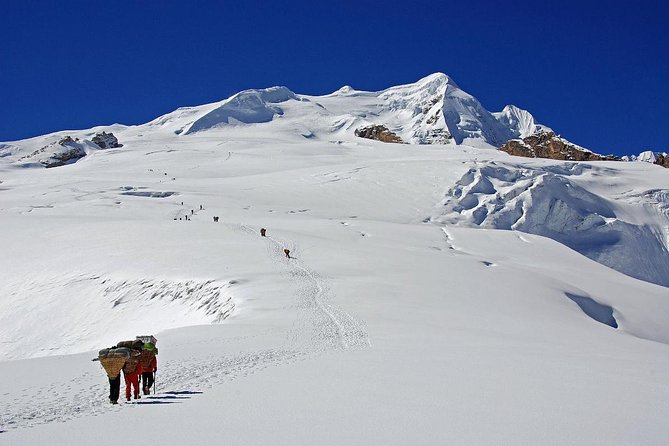
- Physical preparation and gear checklist are essential for Mera Peak climbing.
- Proper acclimatization and hydration prevent altitude sickness.
- Interacting with Sherpa communities offers cultural insights.
- Safety measures like gear maintenance and efficient climbing techniques are crucial.
Here's some more nearby activities we've reviewed
Preparation for Mera Peak Climbing
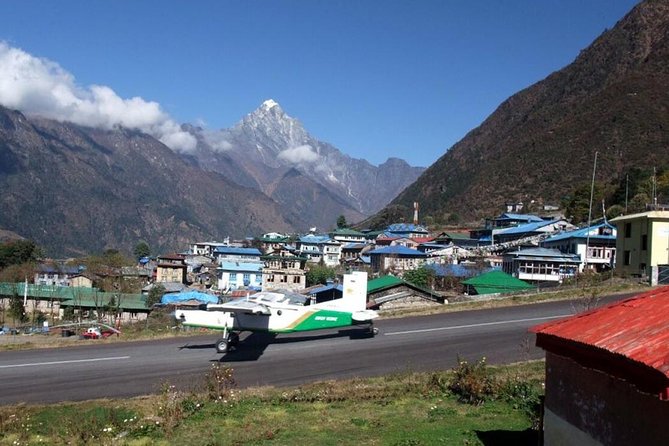
Preparing for tackling Mera Peak involves building endurance and honing mountaineering skills to navigate the challenging terrain successfully. Fitness training is crucial, including cardio, strength, and endurance exercises to prepare for the physical demands of the climb. It’s essential to follow a structured training plan to improve overall fitness levels.
Plus, creating a gear checklist is vital. Climbers should ensure they’ve appropriate clothing for extreme weather conditions, sturdy hiking boots, a reliable backpack, a sleeping bag rated for cold temperatures, and essential mountaineering equipment like ice axes and crampons.
Adequate preparation with fitness training and a comprehensive gear checklist is key to increasing the chances of a successful and safe ascent of Mera Peak.
Essential Gear and Equipment
When embarking on the Mera Peak climbing expedition, ensuring you have the necessary gear and equipment is paramount for a safe and successful ascent. Proper gear selection and diligent equipment maintenance are crucial for the challenging journey ahead.
Here are four essential items to pack:
-
Mountaineering Boots: Sturdy and insulated boots with good ankle support for rocky terrain and snow.
-
Climbing Harness: Essential for safety during steep ascents and glacier crossings.
-
Ice Axe: A crucial tool for stability on icy slopes and for self-arrest in case of a fall.
-
Down Jacket: Insulated jacket to keep you warm during cold nights at high altitudes.
Remember to check and maintain your equipment regularly to ensure it performs optimally when you need it most.
Acclimatization and Altitude Tips
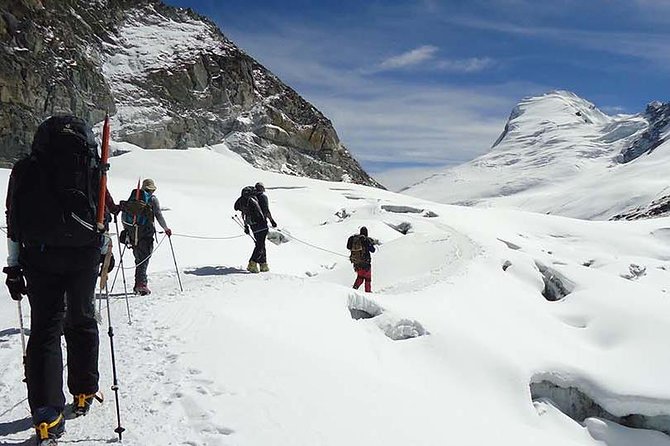
To acclimate effectively to higher altitudes and mitigate the risks associated with altitude sickness, climbers must gradually ascend, allowing their bodies to adjust to reduced oxygen levels.
Altitude sickness, characterized by symptoms like headaches, nausea, and fatigue, can be prevented by proper acclimatization. Climbers should hydrate adequately to combat the effects of altitude, as dehydration can worsen symptoms. It’s essential to drink plenty of water throughout the climb to maintain proper hydration levels.
Plus, climbers should take it slow, allowing for rest days to acclimatize properly. Rushing the ascent increases the risk of altitude-related illnesses. By following these acclimatization and altitude tips, climbers increase their chances of a successful and safe summit of Mera Peak.
Route Overview and Itinerary
As climbers progress beyond acclimatization and altitude considerations, the Route Overview and Itinerary of the Mera Peak expedition unfolds with detailed plans for the ascent.
-
Weather conditions on Mera Peak can be unpredictable, ranging from clear skies to sudden snowstorms, requiring climbers to be prepared for rapid changes.
-
Challenges include navigating crevasses, steep terrain, and the final push to the summit, which demands physical endurance and mental resilience.
-
Embracing the local culture, climbers may have the opportunity to interact with Sherpa communities, learning about their traditions and lifestyle.
-
Enjoying local cuisine like dal bhat (rice and lentils) and momos (dumplings) provides a taste of the region’s flavors, fueling climbers for the demanding journey ahead.
Safety Measures and Considerations
Taking into account the challenging terrain and potential risks associated with high-altitude mountaineering, climbers embarking on the Mera Peak expedition are advised to prioritize safety through rigorous preparation and adherence to established protocols. Safety precautions such as acclimatization, proper gear selection, and knowledge of climbing techniques are crucial for a successful and secure ascent. Here is a table summarizing essential safety measures and considerations:
| Safety Precautions | Climbing Techniques |
|---|---|
| Acclimatize properly | Use of ropes and harnesses |
| Carry essential emergency equipment | Efficient ice and snow climbing skills |
| Stay hydrated and well-fed | Proper crampon usage |
| Recognize signs of altitude sickness | Efficient belaying techniques |
Here's a few more nearby tours and experiences we have reviewed.
Common questions
Is Prior Climbing Experience Required to Attempt Mera Peak Climbing?
Prior climbing experience is recommended for Mera Peak Climbing. Adequate training, safety measures, and a good skill level are essential. Guided tours can provide support and expertise. Ensure readiness for the physical and technical challenges involved.
Are There Any Restrictions on the Type of Food or Snacks That Can Be Brought on the Climb?
When climbing, travelers can bring a variety of food options and snack preferences to sustain energy. It’s essential to pack lightweight, non-perishable items that provide nutrients and are easy to consume on the go.
What Type of Communication Devices Are Recommended to Bring on the Climb?
For emergency communication during outdoor activities, it’s crucial to choose gear wisely. Safety precautions recommend bringing technology like satellite phones or personal locator beacons. These devices help ensure connectivity in remote areas, enhancing overall safety.
Are There Any Specific Cultural Etiquettes or Customs to Be Aware of During the Climb?
When embarking on a climbing experience, it’s essential to be mindful of cultural customs. Respect for local traditions, modest attire, and courteous behavior towards residents are key. Understanding and honoring these practices enrich the overall climbing experience.
How Are Emergency Situations Handled During the Mera Peak Climbing Expedition?
In emergency situations, quick response is crucial. Emergency protocols ensure timely assistance. Rescue procedures involve trained personnel and coordination with local authorities. Safety is a top priority during expeditions to manage unforeseen incidents effectively.
Here's more of our most recent tour reviews happening neaby
- Balthali Village Trek 3 Days
- Experience the Best of Langtang and Helambu on a Stunning Trek Adventure
- Kathmandu City Sightseeing Tour
- Manaslu Larke Pass Trekking
- Everest Base Camp Helicopter Tour
- Nagarkot Sunset Toour With Bhaktapur Durbar Square Visit
- Kathmandu Buddhist Circuit Private Day Tour
- Ghorepani Poon Hill Private Guided Trek
- 8 Days Exciting Langtang Valley Trek From Kathmandu
- 7-Days Dudh Kunda Private Trek From Kathmandu With Flights
- Ranikot Village Day Hike From Kathmandu
Last Words
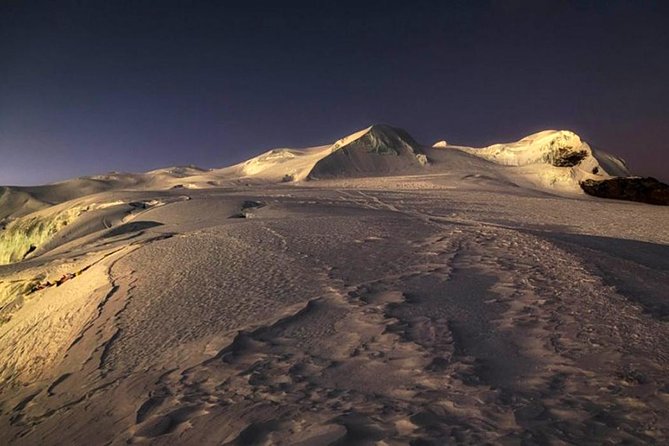
To sum it up, Mera Peak climbing offers a thrilling adventure for those seeking a challenge in the Himalayas. With proper preparation, essential gear, and acclimatization, climbers can navigate the stunning landscapes and reach the summit at 6,476 meters.
Safety measures and considerations are crucial for a successful expedition. Conquering Mera Peak is a remarkable feat that promises breathtaking views and unforgettable memories for outdoor enthusiasts and seasoned mountaineers.
